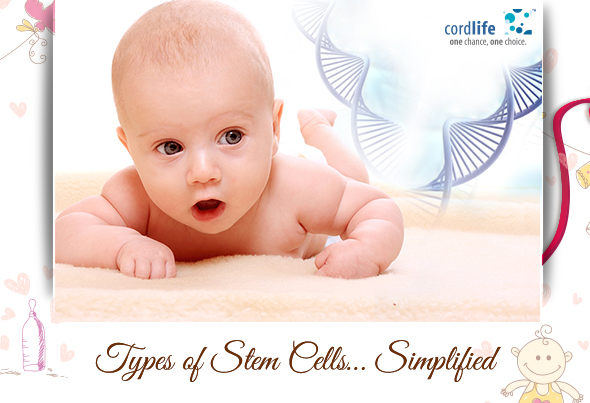Table of Contents
We all hear about numerous breakthrough researches on stem cell transplant procedures. When expectant parents are advised to go in for cord blood banking in Hyderabad, or Bangluru for that matter, they are often confused by the medical jargon used to explain the wide scope of the procedure. Here is a look at some of the general stem cell types and the generic treatments that they can be used for.
Mesenchymal Stem Cells
These fall under the adult category, and are usually extracted from the bone marrow. However, in recent times, they have also been isolated from other tissues, such as peripheral blood, fetal liver, lung tissue, as well as fallopian tube and cord blood linings, which has greatly popularized cord blood banking in Hyderabad and other cities in India. These are multi-potent and widely known in bio-medical research for their ability to interphase to make up bone, cartilage, tendons, muscle, adipocytes and skin. This basically means that they can reproduce non-blood adult cells.
Hematopoietic Stem Cells
They are popularly known to be found in the bone marrow, largely in the femur, pelvis and sternum. Today, it has been established that the umbilical cord blood is also a rich source of these cells, because of which doctors all over India encourage cord blood banking in Hyderabad and other cities. Small quantities are also found in peripheral blood. These cells are known for their potential to regenerate blood and immune cells, amounting to the production of over a billion cells on a daily basis. Research that focuses on extending the scope of their use has been ongoing for more than 45-50 years and hemotopoietic stem cells have been successfully used in treating conditions like leukemia, immune system deficiencies, as well as other blood cancers and disorders. The first record of blood-forming stem cells dates back to 1945.
Neural Stem Cells
Establishing the fact that neural stem cells can be a source for glia and neurons has been a landmark discovery of bio-medicine. Prior to this, it was accepted that the nervous system was devoid of rejuvenation. This class of stem cells facilitates both regeneration and repair of neurons. The human brain has its own stock of these cells, however, researchers are working frantically to successfully extract large units from other source like embryonic cells and cord blood. While an ethical debate surrounding the former, the latter is possibly the best source. The promise for the future is why doctors and other medical experts encourage cord blood banking in Hyderabad and other Indian cities. Neural stems have the answer to epilepsy, cerebral palsy, autism, Parkinson’s disease, Batten’s disease and other injuries to the brain.
